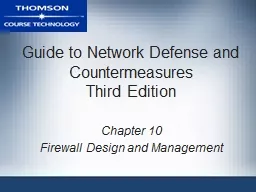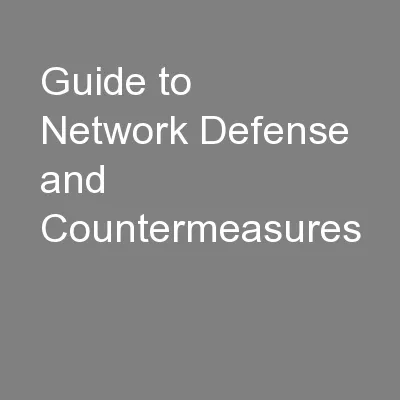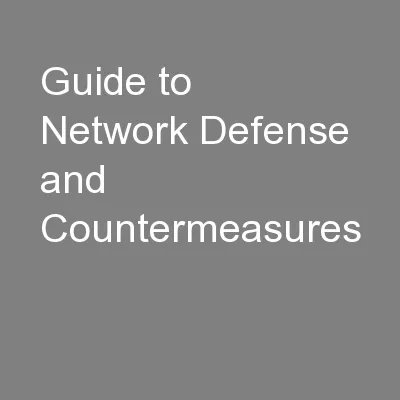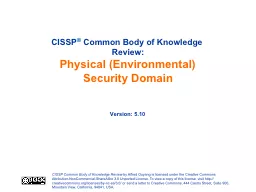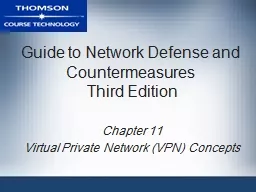PPT-Privacy in Content-Oriented Networking: Threats and Countermeasures
Author : liane-varnes | Published Date : 2019-12-13
Privacy in ContentOriented Networking Threats and Countermeasures Abdelberi chaabane emiliano de cristofaro mohamed ali kaafar eris uzun Topics to be presented
Presentation Embed Code
Download Presentation
Download Presentation The PPT/PDF document "Privacy in Content-Oriented Networking: ..." is the property of its rightful owner. Permission is granted to download and print the materials on this website for personal, non-commercial use only, and to display it on your personal computer provided you do not modify the materials and that you retain all copyright notices contained in the materials. By downloading content from our website, you accept the terms of this agreement.
Privacy in Content-Oriented Networking: Threats and Countermeasures: Transcript
Download Rules Of Document
"Privacy in Content-Oriented Networking: Threats and Countermeasures"The content belongs to its owner. You may download and print it for personal use, without modification, and keep all copyright notices. By downloading, you agree to these terms.
Related Documents


